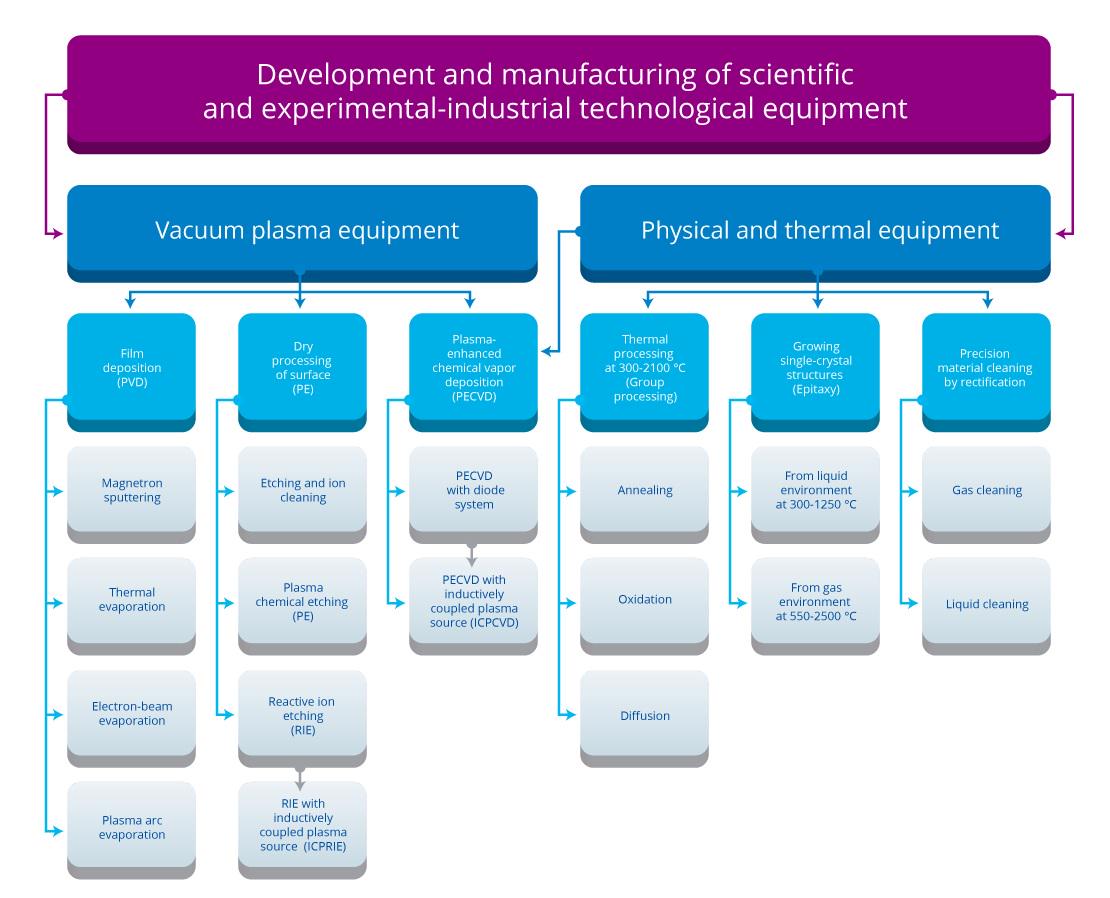Researchers from Japan, including Fujifilm Corporation, has investigated how thin ALD NiO enhance the performance of photoelectrochemical (PEC) devices that can be used in future water splitting plants scalable production of renewable hydrogen fuels. To do so they used a BENEQ TSF reactor for deposition of the NiOx layer. There findings were published in Journal of American Chemical Society recently online (abstract below). The conclusion was that depositing NiO on the surfaces of CoOx/BiVO4 electrodes by ALD using the Beneq TFS 200 system enhanced the performance (higher current density at lower potential) for the PEC devices.
A look inside a Beneq TFS 200 reactor (www.beneq.com)
Surface Modification of CoOx Loaded BiVO4 Photoanodes with Ultrathin p-Type NiO Layers for Improved Solar Water Oxidation
Miao Zhong, Takashi Hisatomi, Yongbo Kuang, Jiao Zhao, Min Liu, Akihide Iwase, Qingxin Jia, Hiroshi Nishiyama, Tsutomu Minegishi, Mamiko Nakabayashi, Naoya Shibata, Ryo Niishiro, Chisato Katayama, Hidetaka Shibano, Masao Katayama, Akihiko Kudo, Taro Yamada, and Kazunari DomenJ. Am. Chem. Soc., 2015, 137 (15), pp 5053–5060 DOI: 10.1021/jacs.5b00256 Publication Date (Web): March 24, 2015
Depositing NiO on the surfaces of CoOx/BiVO4electrodes by atomic layer deposition (ALD) using the Beneq TFS 200 system enhanced the performance (higher current density at lower potential) for the PEC devices.
Photoelectrochemical (PEC) devices that use semiconductors to absorb solar light for water splitting offer a promising way toward the future scalable production of renewable hydrogen fuels. However, the charge recombination in the photoanode/electrolyte (solid/liquid) junction is a major energy loss and hampers the PEC performance from being efficient. Here, we show that this problem is addressed by the conformal deposition of an ultrathin p-type NiO layer on the photoanode to create a buried p/n junction as well as to reduce the charge recombination at the surface trapping states for the enlarged surface band bending. Further, the in situ formed hydroxyl-rich and hydroxyl-ion-permeable NiOOH enables the dual catalysts of CoOx and NiOOH for the improved water oxidation activity. Compared to the CoOx loaded BiVO4(CoOx/BiVO4) photoanode, the ∼6 nm NiO deposited NiO/CoOx/BiVO4 photoanode triples the photocurrent density at 0.6 VRHE under AM 1.5G illumination and enables a 1.5% half-cell solar-to-hydrogen efficiency. Stoichiometric oxygen and hydrogen are generated with Faraday efficiency of unity over 12 h. This strategy could be applied to other narrow band gap semiconducting photoanodes toward the low-cost solar fuel generation devices.



%20(1).png)











